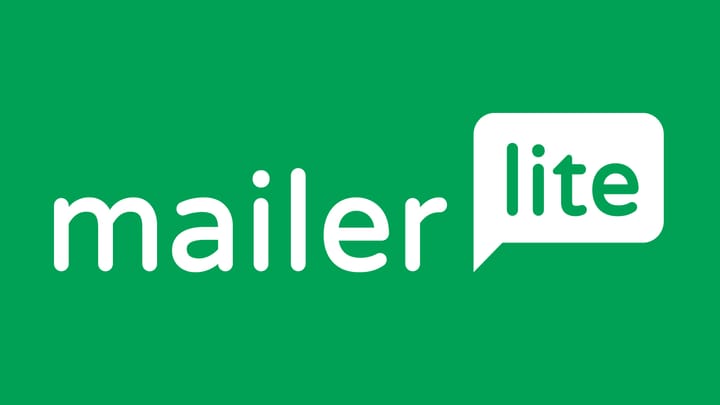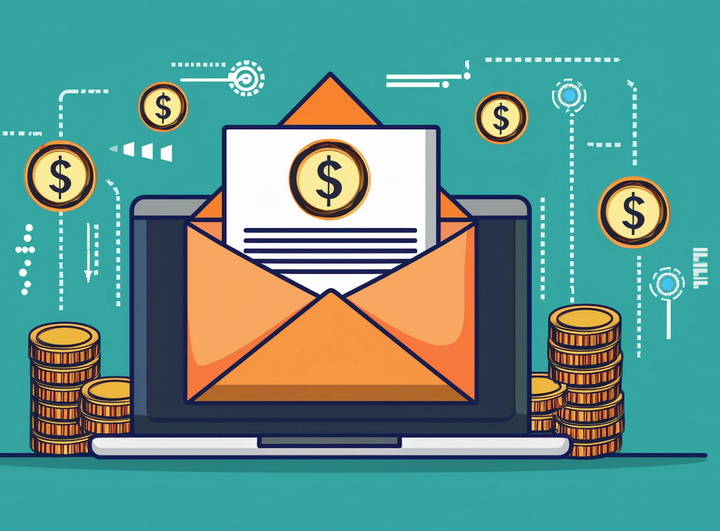7 Email Marketing Case Studies That Will Inspire Your Next Campaign
Email marketing is a powerful tool that can help your business grow, strengthen customer relationships, and increase sales. How do you figure out what really works? This is where real-life examples become invaluable.
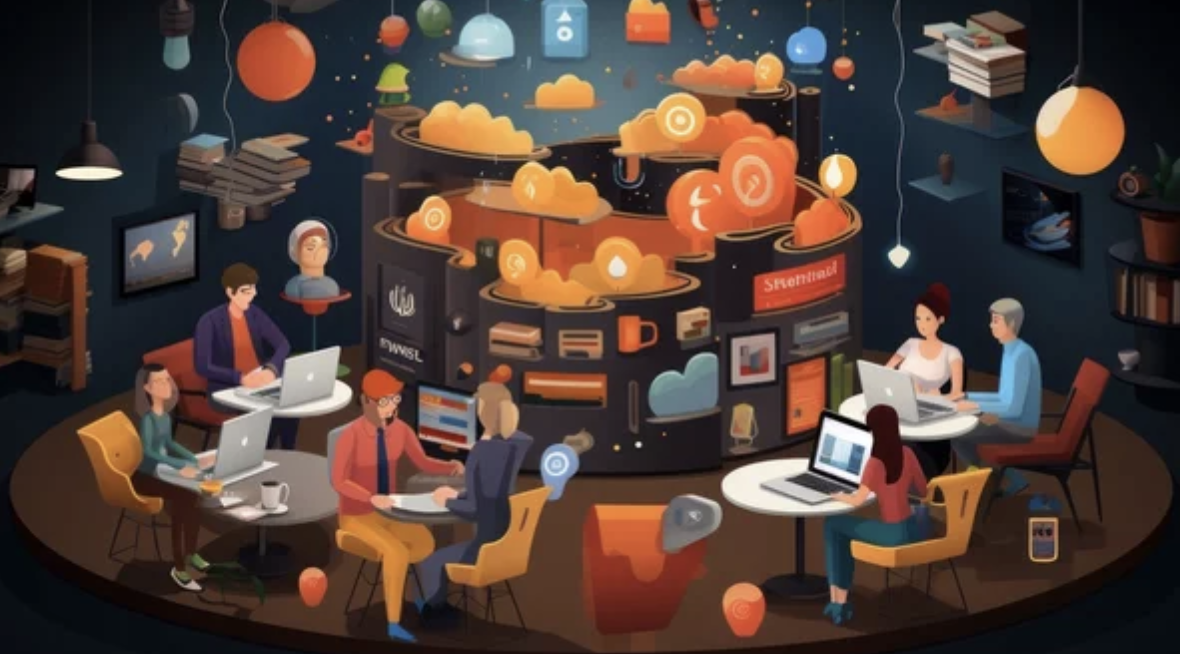
Email marketing is a powerful tool that can help your business grow, strengthen customer relationships, and increase sales. But getting started can feel tricky, especially with so many methods and tools out there.
How do you figure out what really works? This is where real-life examples become invaluable.
By studying how successful businesses and creators use email marketing, you can learn practical tips and strategies to improve your results. These examples show what works and can help you make the most of the $9.5 billion email marketing strategy.
Why Email Marketing Still Works
Is your email marketing falling flat? You're not alone. Many businesses struggle to see results from their campaigns, leaving them questioning whether email marketing is even worth the effort.
However, email marketing remains one of the most effective ways to reach customers. On average, emails convert at a rate of 4.24%. That’s almost double the rate of search ads (2.49%) and much better than social media (0.59%), according to Campaign Monitor.
Case studies derived from a retention marketing agency highlight how businesses can turn around underperforming campaigns by focusing on segmentation, personalized content, and customer lifecycle engagement. Their data-driven approach demonstrates that when executed correctly, email marketing not only drives conversions but also fosters long-term customer loyalty.
Simply put, email marketing isn’t going anywhere—it’s growing stronger. The secret lies in creating campaigns that grab attention and motivate your audience to act.
Below, we’ll explore how companies have mastered email marketing with real-world examples to help spark ideas for your own success.
Case Study 1: How Airbnb Got Users to Come Back with Personalized Emails
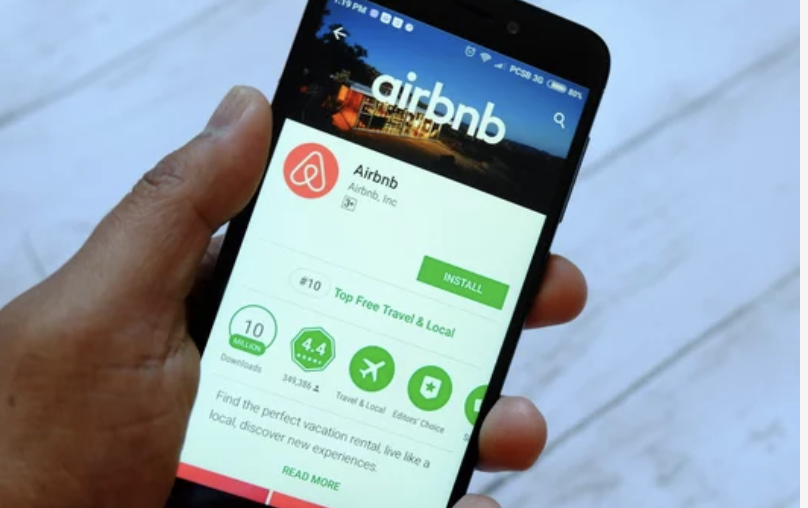
The Problem
Airbnb saw that many of their users weren’t coming back, especially those who had only booked once or hadn’t used the platform in a long time. They needed a plan to re-engage these users and get them to book again.
What They Did
Airbnb decided to get personal. They used data like past bookings, searches, and browsing habits to send emails tailored to each user. These emails included recommendations for places to stay or experiences they might like based on their preferences. To make users act fast, they also added things like:
- Special Discounts: Deals on stays or experiences for a limited time.
- Seasonal Offers: Promotions linked to popular travel times.
This way, the emails felt relevant and gave users a good reason to return.
The Outcome
This personalized email strategy worked wonders:
- Click-through rates went up by 20% as more people opened and clicked on the emails.
- Airbnb saw 15% more users coming back to book again.
Key Lesson
When you use customer data to make your emails personal and relevant, you can bring back inactive users and boost engagement. Airbnb showed that understanding your audience and offering them the right content at the right time really pays off.
Case Study 2: Sephora—Using Loyalty Emails to Encourage Repeat Purchases
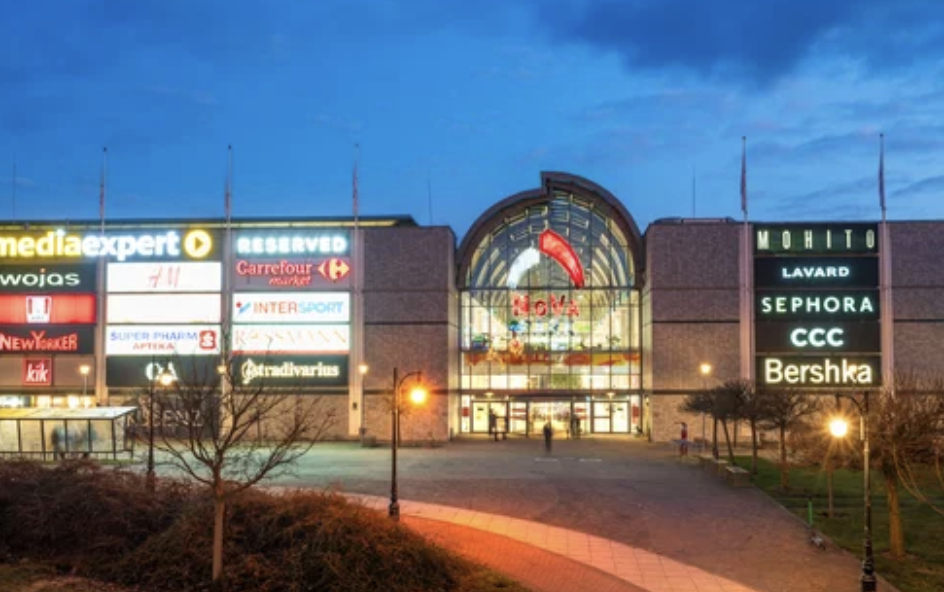
The Problem
Sephora needed a way to keep Beauty Insider loyalty members engaged and excited about their program. The challenge was finding a way to make members feel valued and motivated to shop more often while staying actively involved in the loyalty program.
The Solution
Sephora revamped their email strategy to focus on loyalty and personalization. They sent targeted emails that included:
- Point Updates and Reminders: Emails showing members their current point balances and reminding them when points were about to expire, nudging them to redeem.
- Special Offers and Double-Point Deals: Promotions like double points and exclusive discounts to make shopping feel more rewarding.
- Personalized Perks for Loyal Members: Birthday gifts and early access to new products for high-tier members, creating a sense of appreciation and exclusivity.
These emails made Beauty Insider members feel valued and kept them excited about engaging with the loyalty program.
The Results
This personalized email approach worked well:
- Sephora saw a 35% boost in reward redemptions as members were reminded to use their points.
- There was a 10% increase in repeat purchases from customers who felt more connected to the brand through these exclusive incentives.
Key Lesson
Rewarding loyalty works. Sending personalized emails with perks like points, gifts, and exclusive deals helps customers feel appreciated and keeps them coming back for more.
Case Study 3: Grammarly—Engaging Users Through Educational Content
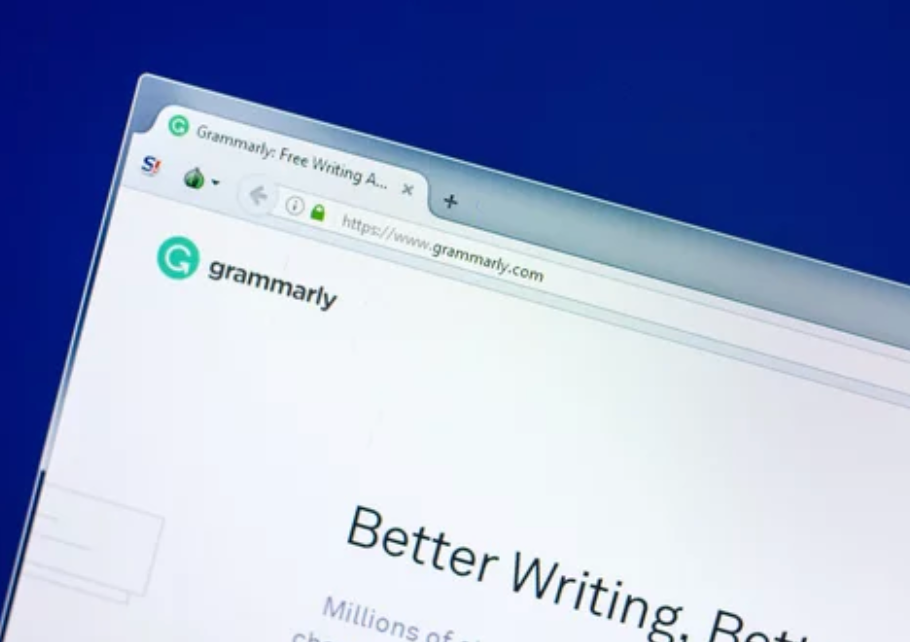
The Challenge
Grammarly, a widely used writing tool, faced a big hurdle—how to keep its free users actively engaged while motivating them to upgrade to the premium plan. They needed a way to show free users why upgrading was worth it and how it could improve their experience.
The Solution
To tackle this, Grammarly introduced an educational content approach aimed at keeping users interested and demonstrating the value of premium features. Their strategy included three main components:
- Weekly Reports: Grammarly sent out personalized performance summaries. These reports detailed the user’s writing stats, such as total word count, time saved, and areas they could improve.
- Helpful Writing Tips: Users received grammar tips and suggestions to improve their writing, showing them how Grammarly consistently added value to their work.
- Premium Prompts: They subtly embedded options to explore premium features in the reports. These were paired with enticing offers like free trials or discounts to make upgrading more appealing.
By consistently providing useful insights and tailored advice, Grammarly showed free users the ongoing benefits of the platform while making premium features a logical next step.
The Results
This educational approach delivered impressive outcomes:
- 25% more users stuck around, finding consistent value in the free plan.
- 15% more users upgraded to premium, inspired by the tangible benefits shown in the reports and tips.
Key Lesson
Sharing valuable and personalized content keeps users engaged and builds trust. When you consistently show your audience what you can do for them, it’s much easier for them to see the value in taking the next step with your product or service.
Case Study 4: Dollar Shave Club—Using Humor to Build Loyalty
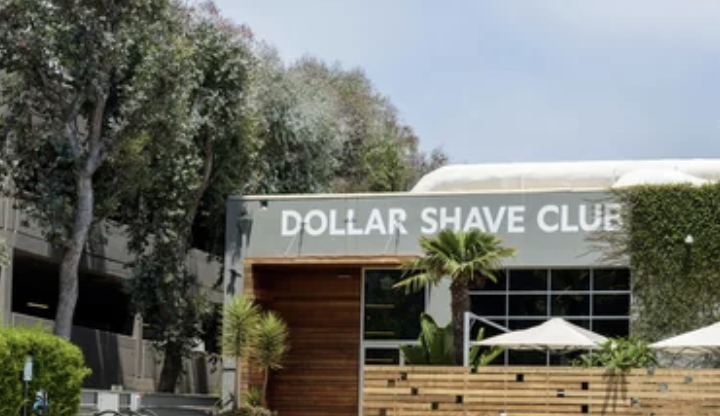
The Challenge
Dollar Shave Club, a subscription service offering grooming products, faced tough competition in the crowded subscription box market. They needed a way to make their brand stand out, keep subscribers interested, and reduce the number of people cancelling after the first few months.
The Solution
Dollar Shave Club decided to focus on their sense of humor and unique brand personality to create a memorable welcome experience. Their approach included:
- Funny and Relatable Welcome Emails: New subscribers were introduced to the brand’s playful and engaging tone, making the entire experience feel enjoyable and personal.
- Clear Highlight of Benefits and Flexibility: Emails explained the value of the service, its convenience, and the ease of managing subscriptions, encouraging subscribers to stick around.
- Humorous Call-to-Actions (CTAs): Fun and creative CTAs grabbed attention and got users to explore more of the company’s offerings.
- Follow-Up Emails: Friendly check-ins were sent to ensure customer satisfaction and remind users that the brand truly cared about their experience.
This lighthearted and informative strategy helped customers form a stronger connection with the brand, creating a foundation for long-term loyalty.
The Results
Dollar Shave Club’s witty and engaging email series delivered great results, including:
- A 23% boost in email open rates, showing strong interest right from the start.
- An 18% higher retention rate after three months, meaning more people stayed subscribed because of the fun and personalized experience.
Key Lesson
Humor and personality can play a vital role in building brand loyalty. When done right, a unique brand voice creates emotional bonds with customers, keeping them around for the long haul.
Case Study 5: Spotify—Making Engagement Personal
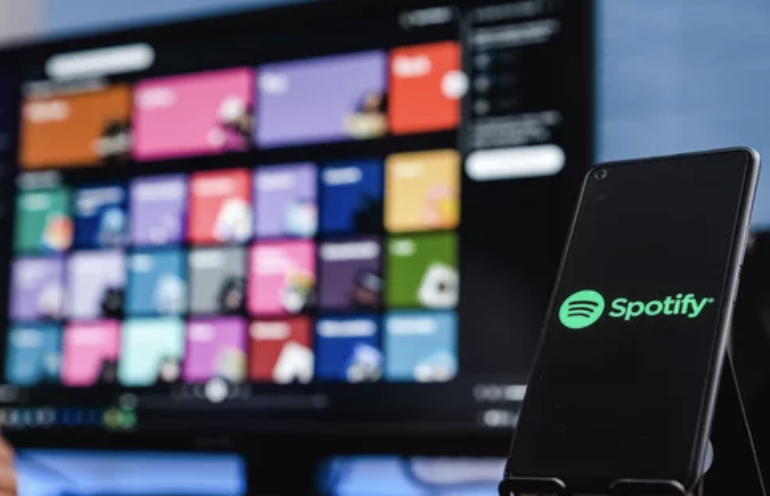
The Challenge
Spotify, a leading music streaming platform, wanted to keep users engaged while encouraging more of them to sign up for its premium plan. To achieve this, they needed a campaign that felt personal, encouraged sharing, and resonated with each individual user.
The Solution
Spotify created the wildly popular “Spotify Wrapped” campaign, an annual event delivering personalized insights about each user’s listening habits. Their successful strategy included:
- Tailored Listening Stats: Users received detailed insights into their favorite songs and artists and how much music they listened to throughout the year, making the content highly relevant.
- Social Sharing Features: The Wrapped summaries were designed to be shared on social media, which resulted in a viral frenzy of posts promoting Spotify organically.
- Follow-Up Playlists: Customized playlists, built from users’ listening habits, kept them engaged even after the main campaign wrapped up.
This personalized and interactive campaign quickly became an anticipated end-of-year event, driving both engagement and premium subscriptions.
The Results
Spotify Wrapped’s personalization and social-sharing features delivered remarkable results, including:
- A 45% increase in app engagement after the campaign.
- Over 60 million social media shares, boosting brand awareness and user retention organically.
Key Lesson
Personalized content that taps into user data and encourages sharing strengthens emotional connections. These types of campaigns can significantly increase engagement, encourage growth, and improve customer loyalty.
Case Study 6: ASOS—Recovering Sales with Abandoned Cart Emails
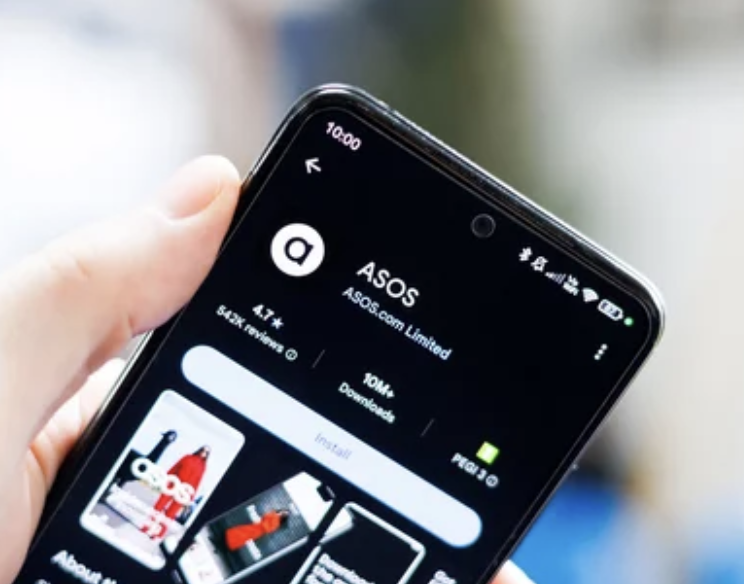
The Challenge
ASOS, a well-known online fashion store, faced a common problem in e-commerce—shoppers leaving items in their carts without completing their purchases. This resulted in significant lost sales, prompting the need for a solution to re-engage these customers and drive them back to check out.
The Solution
ASOS implemented a simple but effective 3-step email strategy to recover these abandoned sales by focusing on three key elements:
- Personalized Product Reminders: Showcased the exact items left in the shopper’s cart using images and recommendations to remind them of their interests.
- Limited-Time Discounts: Offered special discounts that were valid for a short period, giving customers an extra reason to act quickly.
- Urgency Messaging: Added phrases like “Only a few left in stock” or “Act fast before it’s gone” to create a sense of urgency and encourage immediate action.
This approach aimed to address hesitation from shoppers while providing gentle yet persuasive nudges to complete their purchases.
The Results
ASOS’s abandoned cart emails led to big wins:
- A 30% conversion rate from their email campaigns, turning lost opportunities into successful purchases.
- A 12% boost in overall revenue, showing that this strategy had a tangible impact on sales growth.
Key Lesson
Following up with shoppers through targeted emails that include product reminders, limited-time offers, and urgency-driven messages can be a game-changer for recovering lost revenue and increasing conversions.
Case Study 7: Charity: Water—Strengthening Donor Relationships with Storytelling Emails
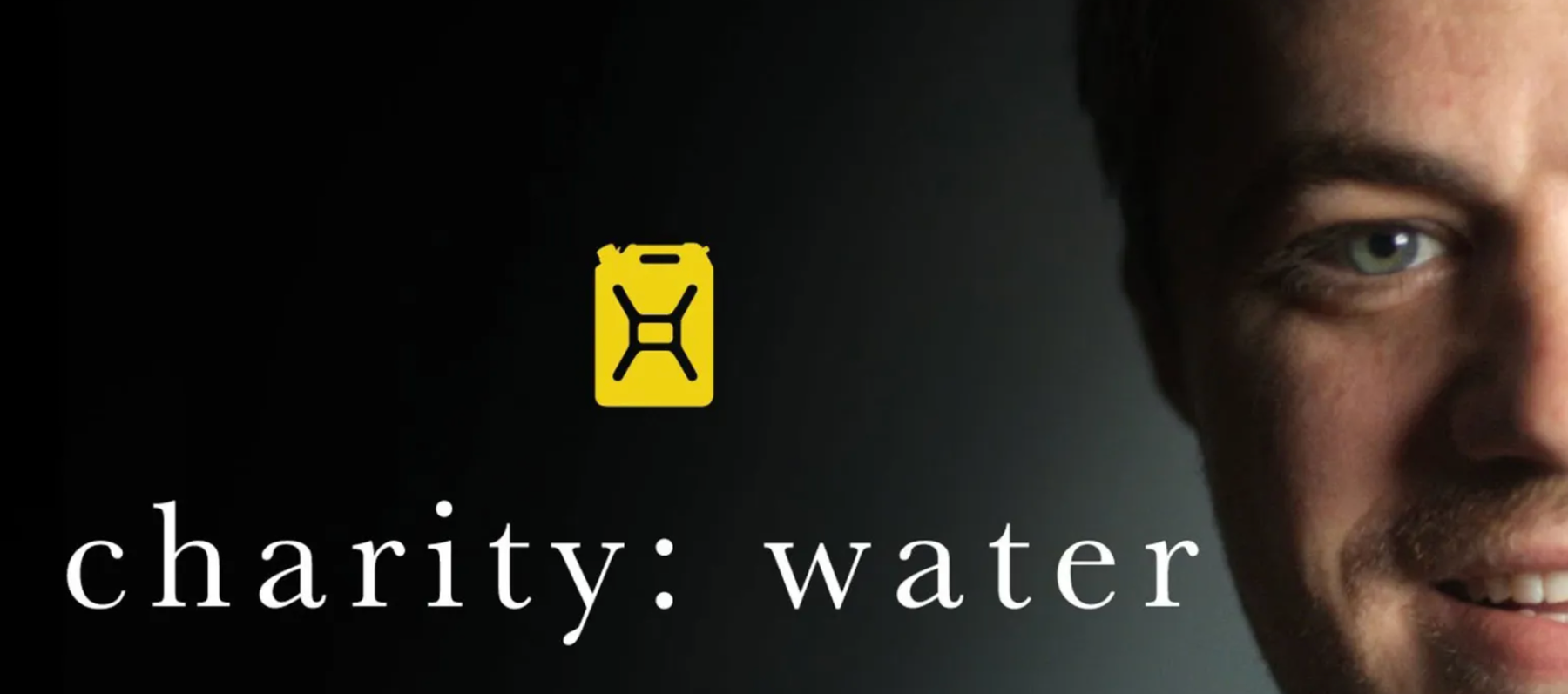
The Challenge
Charity: Water, a nonprofit dedicated to bringing clean and safe water to developing countries, needed a way to build stronger relationships with donors. Their goal was to keep donors emotionally invested and inspire continuous contributions.
The Solution
The organization focused on emotionally engaging storytelling in their emails. Their strategy included the following elements:
- Real-Life Impact Stories: Shared moving accounts of how donations directly transformed lives and communities.
- Project Updates & Videos: Kept donors informed by showcasing ongoing and completed work through visual updates, making their contributions feel tangible.
- Clear Outcomes: Highlighted results, like how many people were helped and how donations made a difference, to build trust and show the value of continued support.
This approach created a deeper emotional connection between donors and the nonprofit, making them feel personally invested in the organization’s mission.
The Results
This storytelling approach delivered impressive results:
- A 28% increase in donor retention, proving the power of emotional engagement in maintaining long-term support.
- Higher average donations per returning donor, reflecting increased trust and connection.
Key Lesson
Telling authentic, relatable stories about real-world impact strengthens donor loyalty, builds trust, and inspires repeat giving—all critical for nonprofit success.
Wrap Up
Lessons from top email marketing campaigns reveal why this channel continues to outperform others, boasting higher conversion rates than search or social media.
Personalization stands out as a key factor, with brands like Airbnb and Spotify using data-driven insights to craft content that resonates on an individual level, fostering genuine engagement. Offering value upfront, a strategy exemplified by companies such as Sephora and Grammarly, helps establish trust and loyalty through rewards, practical tips, and exclusive content.
Emotion plays a pivotal role as well, with campaigns like those from Dollar Shave Club using humor or Charity: Water leveraging moving stories to forge deep, emotional connections with audiences.
Finally, creating urgency without pressure, as seen in ASOS’s abandoned cart emails, drives prompt action from subscribers. By integrating these principles—personalization, value, emotion, and urgency—marketers can build authentic customer relationships and achieve lasting success in their email strategies.


